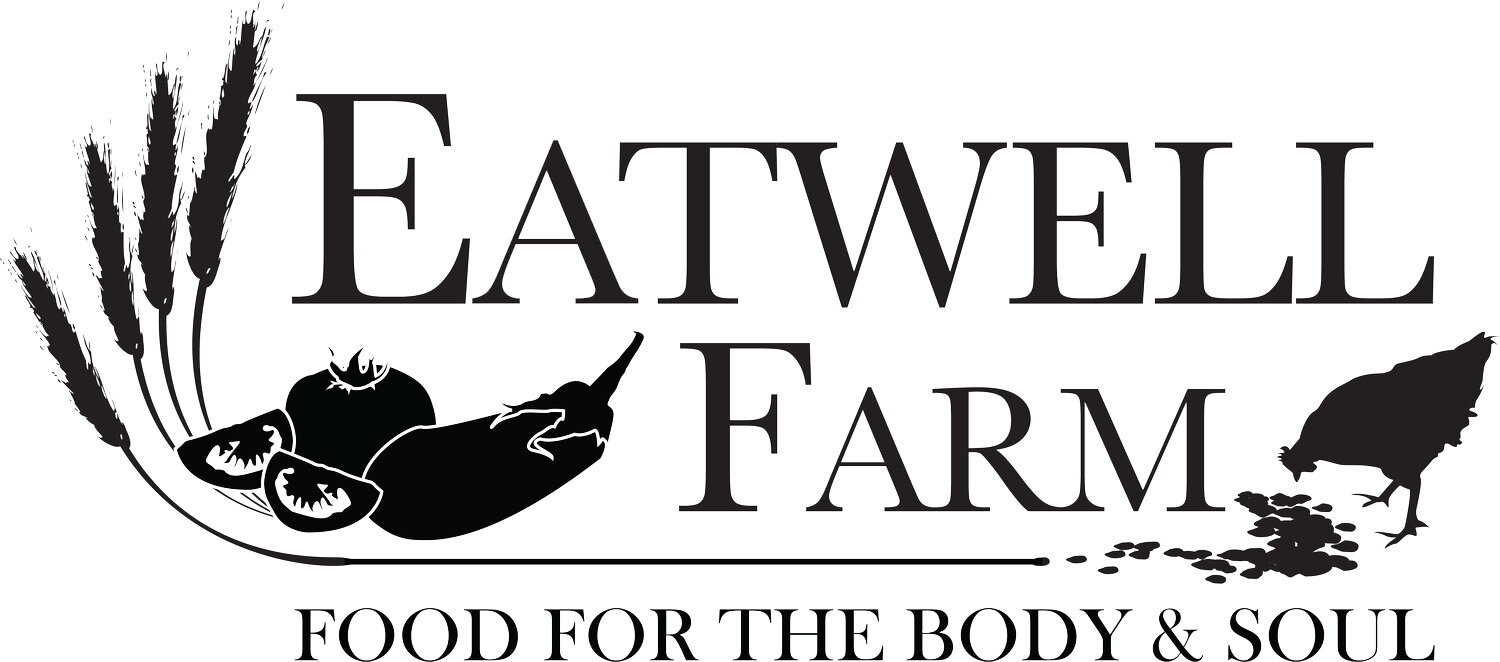We all need calcium, and that includes plants and the soil fauna. It is is building block and essential nutrient in the soil. We need to add it to the soil as it is easily washed down the soil profile by rainfall and irrigation. The type of calcium farmers use depends on two main factors: soil pH and sulphur in the soil. Limestone (calcium carbonate) raises the soil pH. The ideal pH is 7.0, so if the soil is above that, like ours at 7.7, this form is avoided. We use gypsum (calcium sulphate), which has a neutral affect on the soil pH. If the sulphur level in the soil is too high, we sometimes have to use limestone to make sure we have enough calcium for the plants. One of the great benefits of gypsum is that it flocculates the clay particles. Big word, great result. Clay soil particles are like a stack of wet plates, very hard to separate. The gypsum separates them allowing soil nutrients to be held in the spaces between them. The resulting soil is crumbly and works into a nice silt to sow seeds into. Last week 15 tons of gypsum were spread on seven acres in about five minutes. It cost about $1,400, but I consider it money in the soil bank when you are building a fertile soil for now and for future generations.
